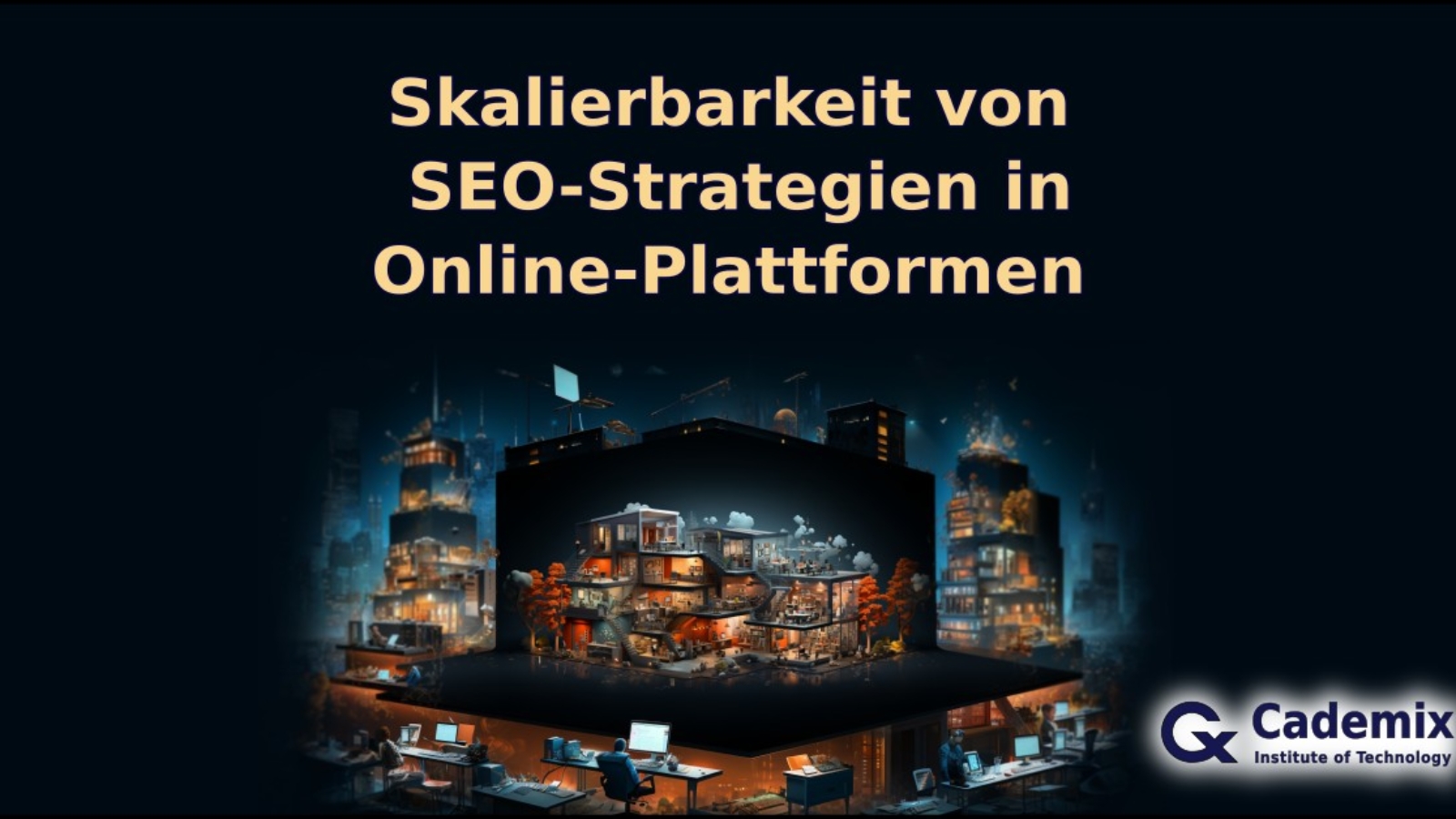Estimated Reading Time: 7 minutesDiscover the essence of ‘Circular Economy 101’: a journey through the pivotal roles of recycling and reuse in forging a path towards environmental sustainability.
Innovative Techniques in Interior Design: Combining Functionality and Aesthetics
Estimated Reading Time: 11 minutesThis article delves into the significance of innovative techniques in interior design, focusing on the integration of functionality and aesthetics through the use of advanced tools like 3D-planning software and sustainable materials. It underscores the benefits of a balanced approach, effective client consultations, and cross-functional team collaboration in crafting visually appealing and practical living spaces.
Agricultural Education Policy
Estimated Reading Time: 6 minutesThe purpose of this article is to express the importance of education in the field of agriculture as a policy measure…In today’s world, important steps have been taken to expand the policy of agricultural education with different economic and commercial purposes and more recently to protect the environment…
Optician Technician: A Comprehensive Guide to Roles, Responsibilities, and Career Path
Estimated Reading Time: 7 minutesOptician technicians play a vital role in the eye care industry, supporting optometrists and opticians in providing high-quality vision care. This guide provides an in-depth look at the roles, responsibilities, skills, and career opportunities for optician technicians.
Cademix Certified Network
Estimated Reading Time: 8 minutesThe Cademix Certified Network is a global community of professionals focused on growth, networking, and helping others, powered by the Cademix Institute of Technology.
Strategies to Manage Gossip During Training for Foreign Job Seekers
Estimated Reading Time: 11 minutesDiscover key strategies to manage and prevent gossip in training sessions, enhancing the integration and success of foreign job seekers in diverse workplace environments.
Skalierbarkeit von SEO-Strategien in Online-Plattformen
Estimated Reading Time: 9 minutesErfahren Sie, wie Sie Ihre SEO-Strategien auf verschiedenen Online-Plattformen skalierbar machen können. Von E-Commerce-Websites bis zu sozialen Medien, lernen Sie die Schlüsselfaktoren kennen, die zur SEO-Skalierbarkeit beitragen.
Eye Doctor Urgent Care: Comprehensive Guide to Emergency Eye Care Services
Estimated Reading Time: 6 minutesUrgent care for eye conditions is crucial for preventing permanent damage and ensuring prompt treatment. This detailed guide explores the role of eye doctors in urgent care, the types of eye emergencies they handle, and what patients can expect during an urgent care visit.
Scalability of SEO Strategies in Online Platforms
Estimated Reading Time: 9 minutesDiscover how to make your SEO strategies scalable across various online platforms. From e-commerce websites to social media, learn the key factors that contribute to SEO scalability.
Acceleration Program for Makers
Estimated Reading Time: 4 minutesExperience the Cademix Acceleration Program for Makers, an innovative platform where creators can publish their work in our magazine, transform their projects into profitable startups, and even turn their expertise into certified education programs. Located in a cost-effective environment, we provide a fully-featured accelerator and business incubator for makers, offering you a unique opportunity to shine in the global scene.










